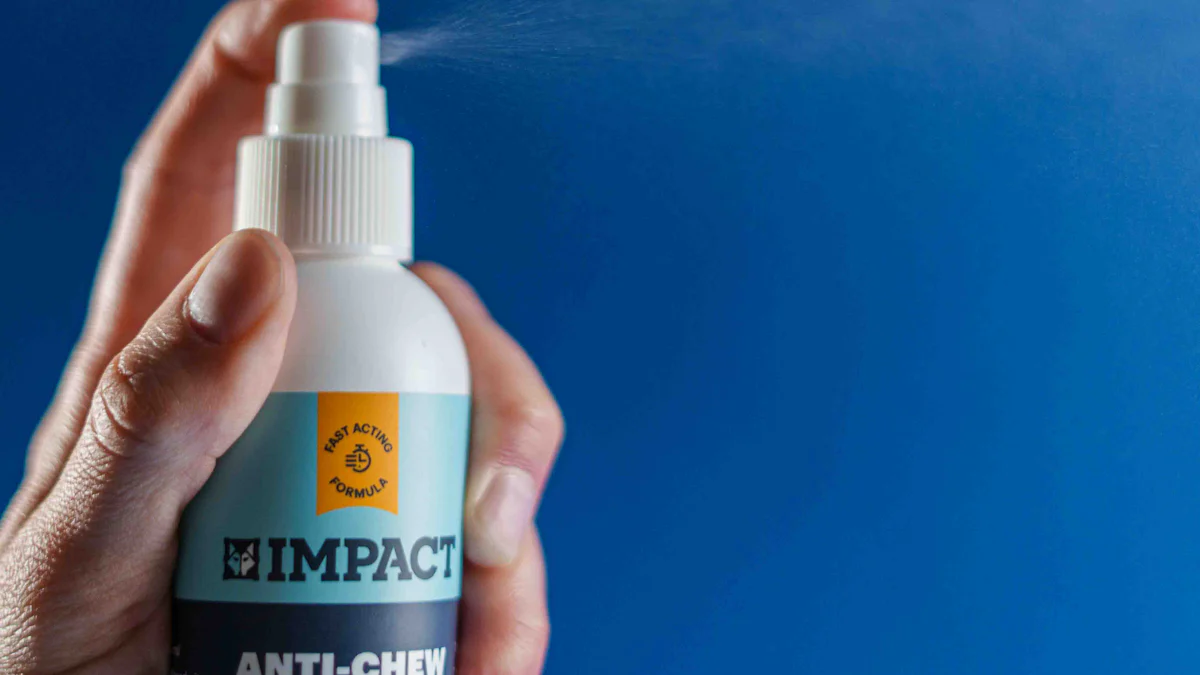
Yellowing in nylon fabrics happens due to oxidation, improper washing, or chemical exposure. This discoloration can make your fabrics look dull and aged. Fluorescent whiteners-Nylon offer an effective way to restore brightness. These specialized agents enhance the whiteness of nylon by reflecting light, helping you revive your fabrics’ original vibrant appearance.
Key Takeaways
- Fluorescent whiteners make yellowed nylon look bright again by bouncing light.
- Test whiteners on a hidden spot first to avoid ruining the fabric.
- Wash gently with mild soap and store in cool, dry places to stop yellowing.
Why Nylon Fabrics Yellow

Oxidation and Aging
Over time, nylon fabrics naturally undergo oxidation. This process happens when the fibers react with oxygen in the air. As a result, the material starts to lose its original brightness and takes on a yellowish tint. Exposure to sunlight can speed up this process. UV rays break down the chemical bonds in nylon, making the fabric appear older than it is. You may notice this yellowing more in items like curtains or outdoor gear that spend a lot of time in direct sunlight.
Improper Washing Practices
Washing nylon incorrectly can also lead to yellowing. Using detergents with harsh chemicals or bleach can damage the fibers. High water temperatures can worsen the problem by breaking down the fabric’s structure. If you don’t rinse thoroughly, detergent residue can build up, leaving a dull or yellowish film on the surface. To avoid this, always check the care label and use mild detergents designed for delicate fabrics.
Chemical and Environmental Exposure
Nylon fabrics are sensitive to certain chemicals and environmental factors. Substances like body oils, sweat, and deodorants can interact with the fibers, causing discoloration over time. Pollution and exposure to smoke or fumes can also contribute to yellowing. If you store nylon in areas with high humidity or near heat sources, the fabric may degrade faster. Keeping your nylon items clean and stored in a cool, dry place can help reduce these risks.
Tip: Regular maintenance and proper care can slow down yellowing. If discoloration occurs, fluorescent whiteners-Nylon can help restore the fabric’s brightness effectively.
Fluorescent Whiteners-Nylon: What They Are and How They Work
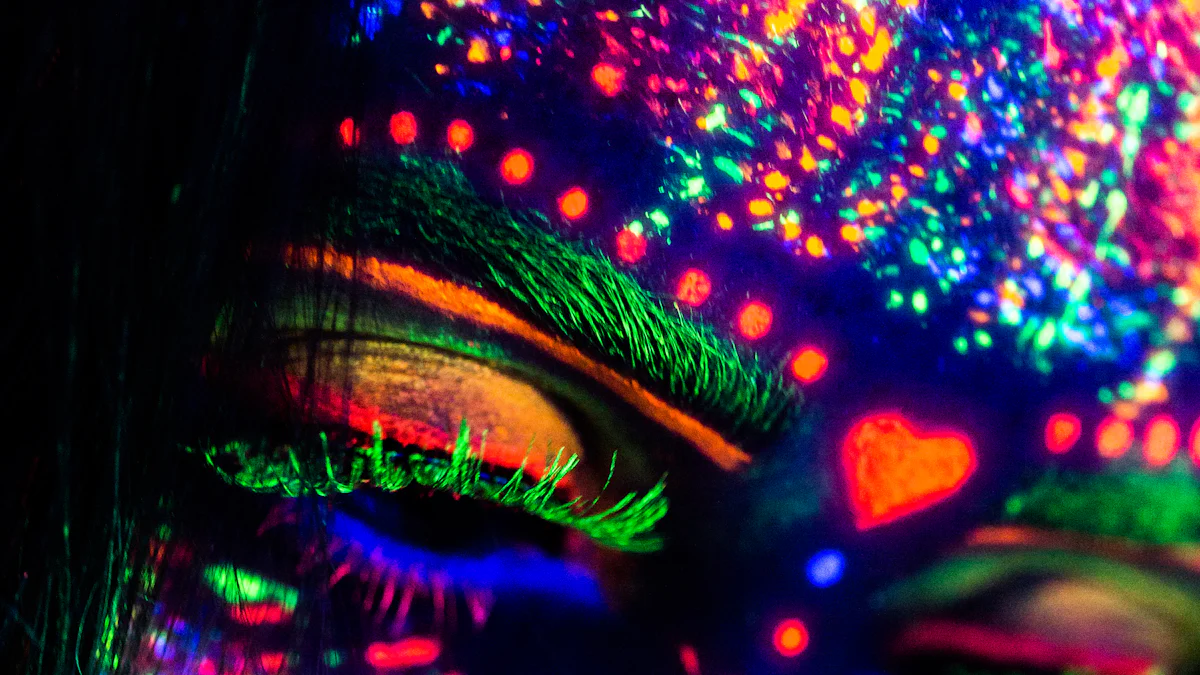
Definition and Purpose
Fluorescent whiteners-Nylon are specialized agents designed to enhance the brightness of nylon fabrics. These compounds, also called optical brighteners, work by addressing the yellowing caused by aging, improper care, or environmental exposure. Unlike traditional bleaching methods, they do not strip the fabric of its natural properties. Instead, they improve the fabric’s appearance by making it look whiter and more vibrant.
You can think of fluorescent whiteners as a tool to restore the original brilliance of your nylon items. They are especially useful for fabrics that have lost their luster over time. Whether you are dealing with yellowed curtains, clothing, or upholstery, these whiteners offer a reliable solution.
Mechanism of Action: Reflecting Light to Enhance Brightness
Fluorescent whiteners-Nylon work by interacting with ultraviolet (UV) light. When applied to nylon, these agents absorb invisible UV rays and convert them into visible blue or violet light. This process creates an optical illusion that makes the fabric appear whiter and brighter to the human eye.
This mechanism not only counteracts yellowing but also enhances the overall aesthetic of the fabric. The added brightness gives your nylon items a fresh, clean look. By reflecting light, fluorescent whiteners help restore the fabric’s original charm without causing damage. This makes them a safe and effective choice for maintaining the quality of your nylon fabrics.
Note: Always follow the product instructions to achieve the best results and avoid overuse.
Step-by-Step Guide to Using Fluorescent Whiteners
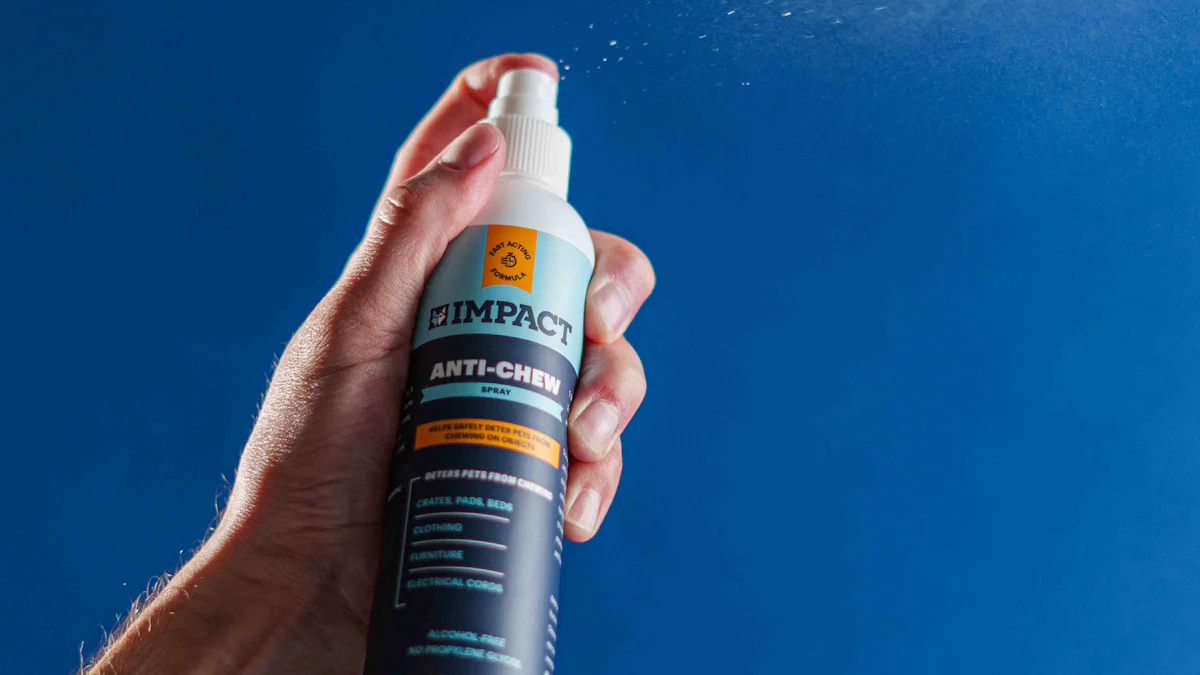
Preparing Nylon Fabrics for Treatment
Start by inspecting your nylon fabric for stains or dirt. Wash the fabric with a mild detergent to remove surface impurities. Avoid using bleach or harsh chemicals during this step, as they can weaken the fibers. Rinse thoroughly to ensure no detergent residue remains.
Next, check the care label on your fabric. Some nylon items may have specific washing instructions. Follow these guidelines to avoid damage during treatment. If the fabric is delicate, consider handwashing instead of using a machine.
Before applying fluorescent whiteners-Nylon, test the product on a small, hidden area of the fabric. This ensures the treatment will not cause discoloration or damage. Allow the test area to dry completely before proceeding.
Applying Fluorescent Whiteners Safely
Dilute the fluorescent whitener according to the product instructions. Use a clean container to mix the solution. Submerge the nylon fabric in the mixture, ensuring it is fully soaked. For even application, gently agitate the fabric in the solution.
Let the fabric sit in the solution for the recommended time. Avoid leaving it for too long, as overexposure can affect the fabric’s texture. After soaking, rinse the fabric thoroughly with cool water to remove any excess whitener.
Post-Treatment Care and Maintenance
After treatment, dry the nylon fabric in a shaded area. Direct sunlight can reverse the whitening effect by causing further yellowing. Use a flat surface or a drying rack to maintain the fabric’s shape.
Store treated nylon items in a cool, dry place. Avoid areas with high humidity or direct heat. Regularly wash the fabric with mild detergents to maintain its brightness. Reapply fluorescent whiteners-Nylon as needed to keep your fabric looking fresh and vibrant.
Tip: Always follow the product’s instructions for the best results and long-lasting effects.
Safety Tips and Precautions
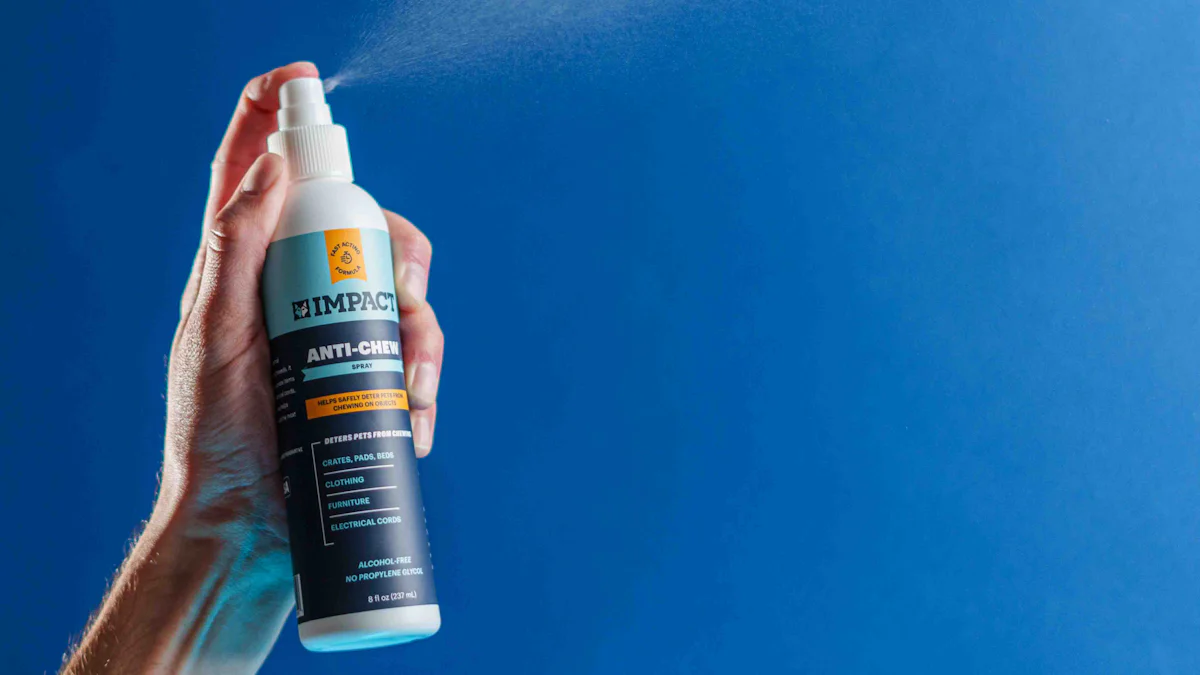
Testing on a Small Area Before Full Application
Before applying fluorescent whiteners-Nylon to your fabric, always test it on a small, hidden section. This step helps you check for any unexpected reactions, such as discoloration or texture changes. Choose an area like an inner seam or a less visible corner of the fabric. Apply a small amount of the whitener solution and let it dry completely.
Observe the test area under natural light. If the fabric looks brighter without any damage, you can proceed with the full application. If you notice any issues, stop immediately and consult the product instructions or consider an alternative treatment. Skipping this step could lead to irreversible damage, especially on delicate or expensive nylon items.
Tip: Testing ensures that the product is compatible with your fabric and prevents costly mistakes.
Avoiding Overuse to Prevent Fabric Damage
Using too much fluorescent whitener can harm your nylon fabric. Overuse may cause stiffness, uneven brightness, or even weaken the fibers over time. Always follow the recommended dosage provided on the product label. More is not always better when it comes to fabric treatments.
Dilute the whitener properly and avoid soaking the fabric for longer than the suggested time. After treatment, rinse thoroughly to remove any excess product. This step ensures the fabric remains soft and maintains its natural feel.
Reapply the whitener only when necessary. Frequent use can lead to buildup, which might dull the fabric’s appearance instead of enhancing it. Proper application keeps your nylon items looking fresh and extends their lifespan.
Note: Moderation is key to achieving the best results without compromising the quality of your fabric.
Preventing Future Yellowing in Nylon Fabrics
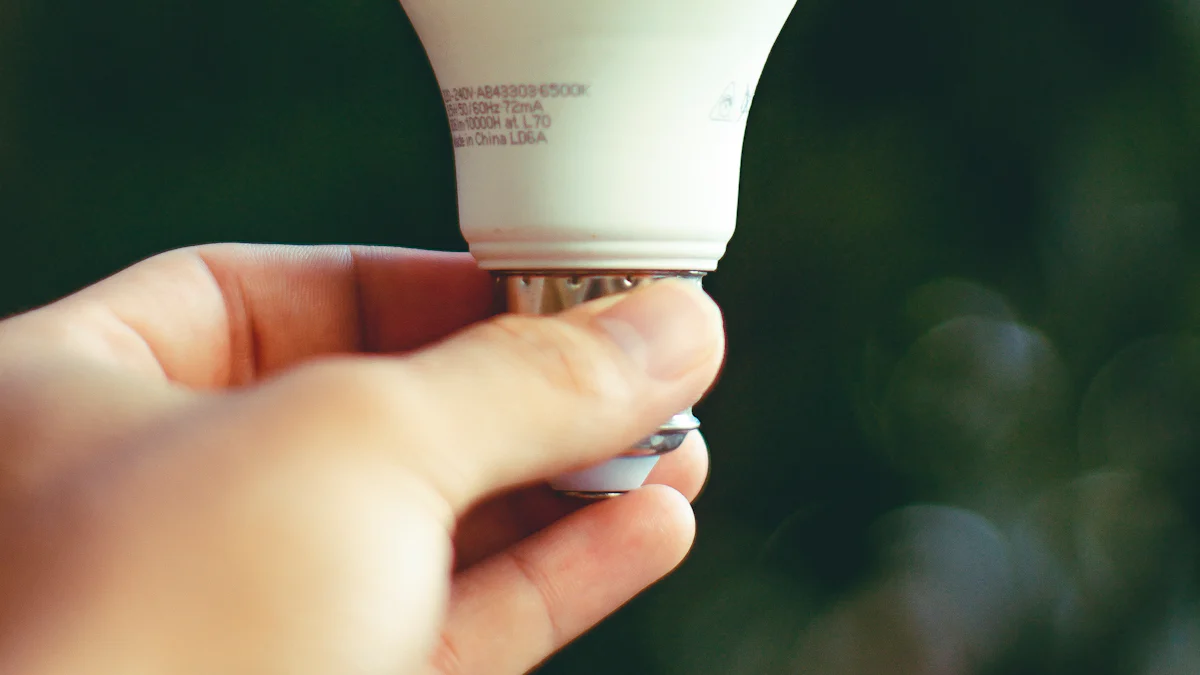
Proper Storage Techniques
Storing nylon fabrics correctly can help you prevent yellowing. Always keep your nylon items in a cool, dry place. Avoid areas with high humidity, as moisture can weaken the fibers and promote discoloration. Use breathable storage bags or containers to protect the fabric from dust and pollutants. Plastic bags can trap moisture, so they are not ideal for long-term storage.
Keep nylon fabrics away from direct sunlight. UV rays can accelerate oxidation, leading to yellowing. If you store items like curtains or outdoor gear, consider using UV-blocking covers. For clothing, fold the items neatly instead of hanging them. This reduces stress on the fibers and helps maintain their shape.
Tip: Add silica gel packets to your storage containers. These packets absorb excess moisture and keep the environment dry.
Best Practices for Washing and Maintenance
Proper washing techniques play a key role in maintaining the brightness of nylon fabrics. Always use mild detergents designed for delicate materials. Harsh chemicals can damage the fibers and cause discoloration. Wash nylon items in cold or lukewarm water to preserve their structure.
Avoid overloading your washing machine. This ensures the detergent spreads evenly and prevents residue buildup. Rinse thoroughly to remove all soap, as leftover detergent can leave a dull film on the fabric.
Dry nylon fabrics in a shaded area. Direct sunlight can undo the effects of treatments like fluorescent whiteners-Nylon. For best results, lay the fabric flat to dry. This prevents stretching and keeps the fibers intact.
Regular maintenance is essential. Wash nylon items promptly after use to remove sweat, oils, and dirt. These substances can interact with the fibers and lead to yellowing over time.
Note: Following these steps will help you extend the life of your nylon fabrics and keep them looking fresh.
Fluorescent whiteners-Nylon provide a dependable way to restore yellowed nylon fabrics. By identifying the causes of discoloration, applying the treatment correctly, and following preventive care, you can keep your fabrics bright and long-lasting. Try these steps on your nylon items and share your results. Your feedback can inspire others to revive their fabrics too!
FAQ
1. Can fluorescent whiteners be used on colored nylon fabrics?
No, fluorescent whiteners work best on white or light-colored nylon. Using them on colored fabrics may alter the original shade.
2. How often should you reapply fluorescent whiteners?
Reapply only when the fabric starts to yellow again. Overuse can cause buildup and affect the fabric’s texture.
3. Are fluorescent whiteners safe for all types of nylon?
Yes, but always test on a small area first. This ensures compatibility and prevents unexpected damage to delicate or specialty nylon fabrics.
Tip: Follow the product instructions carefully for the best results.
Post time: Jan-22-2025

